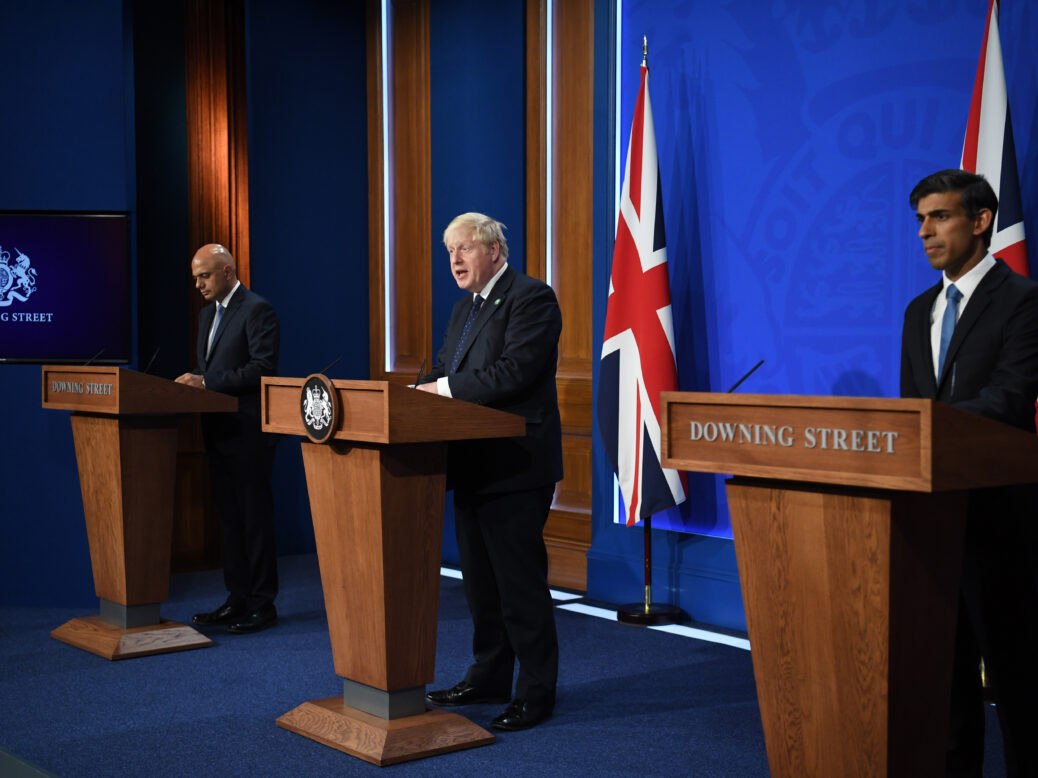
Despite being billed as a generational attempt to solve Britain’s social care crisis, most of the new revenue set to be raised by a 1.25 percentage point increase in National Insurance next year is instead going towards the NHS, with only £5.4bn provided to local councils to help with social care costs.
That’s according to the Treasury’s own calculations document, which states that the new rise will eventually be replaced by a separate tax from 2023 that will appear on the public’s payslips as the “Health and Social Care Levy”.
The social care part of this levy – at least for the first three years – will only represent 15 per cent of the total new spending, with £24.9bn going towards NHS England to help clear the backlog of cases caused by Covid-19 (an estimated £5.7bn will go towards the devolved nations). Health Secretary Sajid Javid said “no responsible health secretary can make that kind of guarantee” when asked whether the new levy would be enough to clear the NHS backlog.
The government’s plan to increase National Insurance has been criticised as generationally unfair.
Torsten Bell, chief executive of the Resolution Foundation think tank said: “The tax rises that will pay for a bigger NHS are generationally unfair, excluding rich retirees while prioritising wealthy landlords over their tenants. And while the social care cap will prevent people being hit with catastrophic costs, it will benefit southern households far more than those living in Red Wall seats.”
[See also: Will the money raised by Boris Johnson’s new tax hike ever be spent on social care?]





